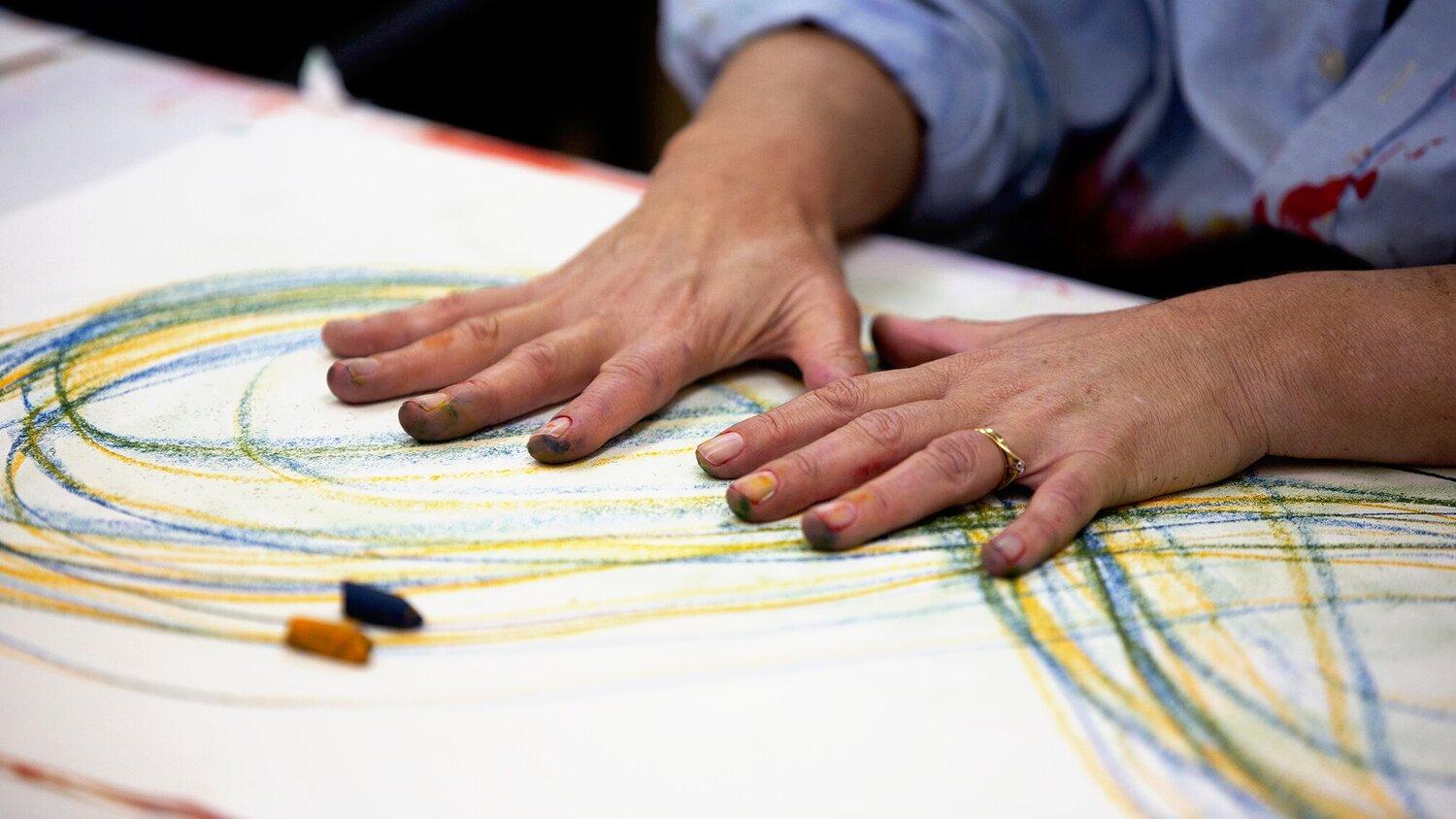Visual Arts Therapy: An Effective Form of Creative Expression Therapy

Visual arts therapy uses various art forms like painting, drawing, sculpture etc as a means to help individuals explore their thoughts and feelings as well as develop new coping skills. In this article, we will discuss what visual arts therapy is, how it works, the benefits it provides and types of visual art therapy modalities used in treatment.
What is Visual Arts Therapy?
Visual arts therapy, also known as art therapy, is a form of expressive therapy that uses art media as its primary mode. In this therapy, clients are provided with art materials like clay, paints, crayons etc and are encouraged to use them to create visual representations of their thoughts, feelings, experiences and inner realities on paper or other surfaces. Therapists then help clients process, analyze and interpret the artworks they create to gain understanding of deeper unconscious material. This enables clients to achieve greater personal insight and work through unresolved issues, emotional conflicts or traumatic experiences.
How Does Visual Arts Therapy Work?
The therapeutic process in Visual Arts Therapy involves three main steps:
- Creation: During sessions, clients are actively engaged in the creative process of making an art piece without any direct instruction from the therapist. This allows unfiltered inner contents and non-verbal expressions to emerge through their artwork.
- Processing: Once the artwork is complete, the therapist and client discuss the images, symbols, colors and processes used to understand underlying feelings, thoughts, memories and problems symbolically represented.
- Insight: Through detailed analysis and interpretation of the artwork, new realizations and perspectives are gained about oneself. This leads to deeper self-awareness, development of coping skills and resolution of underlying issues. Repeating this process over multiple sessions helps bring about lasting personal growth and behavioral change.
Benefits of Visual Arts Therapy
Some key benefits of visual arts therapy include:
- Promotes Self-Expression: The non-verbal, creative nature of art allows expression of thoughts and feelings that may be too hard to articulate verbally. This provides an important outlet.
- Stress Relief: The artistic process engages the mind and releases built up tension or difficult emotions in a constructive way without relying on words.
- Self-Awareness: Analyzing one’s artwork leads to new insights about oneself, repressed memories or unconscious psychic processes otherwise not accessible through talk therapy alone.
- Improved Mood: Creative expression is mood-elevating by activating the brain’s reward pathways and production of feel-good chemicals like serotonin and dopamine.
- Enhanced Self-Esteem: Successful completion of an artwork increases confidence and sense of control over one’s situation or challenges at hand.
- Alternative Form of Communication: For those unable or unwilling to communicate verbally like children, people with disabilities or after trauma, art becomes an accessible language.
Popular Visual Arts Therapy Modalities
Some common modalities of visual arts therapy used in different treatment settings include:
1. Studio Art Therapy
The core form where clients work independently on art projects within a spacious studio setting fully equipped with different creative materials. Therapists facilitate discussion and interpretation of artwork. practiced in clinics, hospitals and schools.
2. Art Psychotherapy
A psychoanalytically informed approach integrating psychological theories and verbal discussion with creation and analysis of visual symbols and images through various art forms. Mainly used in individual outpatient therapy.
3. Trauma-Focused Art Therapy
Specifically designed processing technique for traumatic memories and experiences where selected colors and art directives help construct a trauma narrative and work towards resolution. Specialized modality for trauma, PTSD, abuse survivors.
4. Integrative Art Therapy
Holistic modality combining multiple creative practices like painting, drawing, sculpting with other expressive therapies like music, dance or drama to achieve a more multi-sensory healing experience tapping both sides of the brain.
5. Medical Art Therapy
Art-based intervention for medical illnesses, specifically addressing emotional aspects of physical disorders to speed recovery. Practiced in cancer care, pediatric departments, rehabilitation units and hospitals.
In summary, visual arts therapy is an effective form of creative arts therapy that has significant benefits for social-emotional well-being, personal development and mental health treatment when used as a supplement or alternative to traditional talk therapies. Its non-verbal nature enables deeper expression and insights not otherwise easily achieved. When practiced by a certified art therapist, it can help clients from all age groups work through various psychological, relational or medical challenges.
Get more insights on this topic:
https://www.dailyprbulletin.com/visual-arts-therapy-healing-through-creative-expression/
- Art
- Causes
- Crafts
- Dance
- Drinks
- Film
- Fitness
- Food
- Oyunlar
- Gardening
- Health
- Home
- Literature
- Music
- Networking
- Other
- Party
- Religion
- Shopping
- Sports
- Theater
- Wellness
- IT, Cloud, Software and Technology


